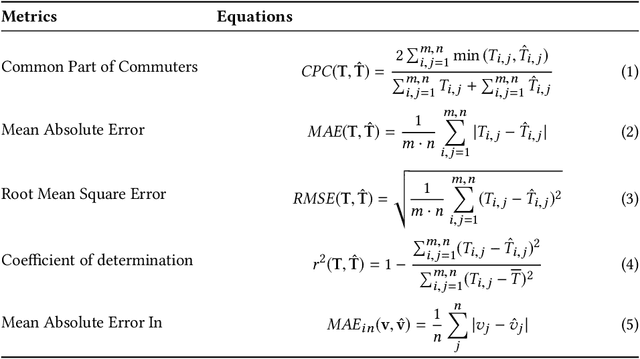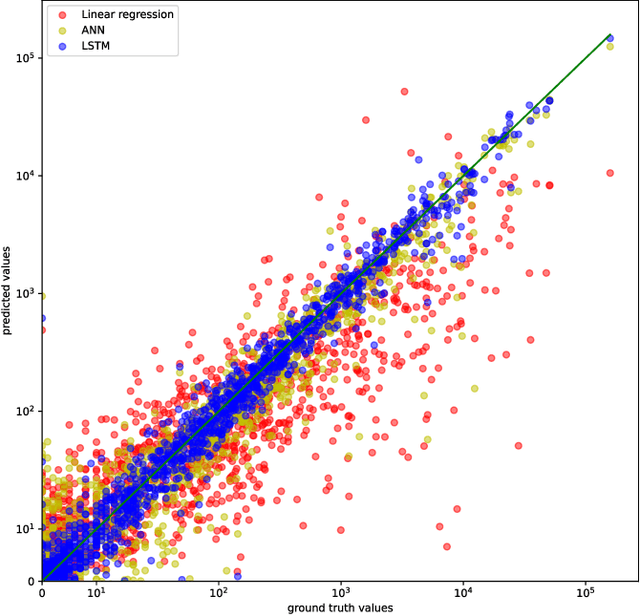Pablo Gonzalez Alvarez
An LSTM approach to Forecast Migration using Google Trends
Jun 19, 2020



Abstract:Being able to model and forecast international migration as precisely as possible is crucial for policymaking. Recently Google Trends data in addition to other economic and demographic data have been shown to improve the forecasting quality of a gravity linear model for the one-year ahead forecasting. In this work, we replace the linear model with a long short-term memory (LSTM) approach and compare it with two existing approaches: the linear gravity model and an artificial neural network (ANN) model. Our LSTM approach combined with Google Trends data outperforms both these models on various metrics in the task of forecasting the one-year ahead incoming international migration to 35 Organization for Economic Co-operation and Development (OECD) countries: for example the root mean square error (RMSE) and the mean average error (MAE) have been divided by 5 and 4 on the test set. This positive result demonstrates that machine learning techniques constitute a serious alternative over traditional approaches for studying migration mechanisms.
 Add to Chrome
Add to Chrome Add to Firefox
Add to Firefox Add to Edge
Add to Edge